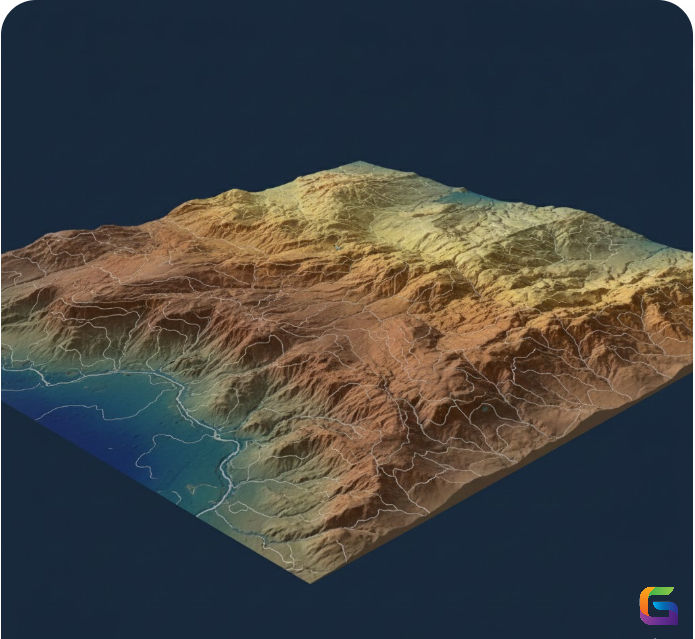WMS vs WCS Explained: Web Map Services vs Web Coverage Services in GIS
- Anvita Shrivastava

- Jun 12, 2025
- 2 min read
In the realm of Geographic Information Systems (GIS), having seamless access to spatial data via the web is crucial. Two key standards from the Open Geospatial Consortium (OGC) that facilitate this functionality are the Web Map Service (WMS) and the Web Coverage Service (WCS). Although they may appear similar, they serve different purposes within the geospatial data ecosystem.
What is WMS (Web Map Service)?
The OGC created the WMS standard protocol to serve georeferenced map images online. Using information from a GIS database, these map pictures are produced on the server side and provided as visual representations, usually in PNG, JPEG, or SVG formats.

Key Features of WMS:
Provides rendered images rather than raw data
Allows for coordinate referencing, style, and layer stacking.
Perfect for mapping and visualisation
Because it does not have access to the underlying raster data, it cannot be utilised for analysis.
Common Use Cases:
Online basemaps
Thematic map overlays
Interactive web mapping applications
Viewing styled satellite or topographic maps
What is WCS (Web Coverage Service)?
WCS gives users access to "coverages" or raw raster data, including climate data, elevation models, and satellite imagery. WCS is ideal for data processing, modelling, and spatial analysis since it delivers data values rather than just visuals like WMS does.
Key Features of WCS:
It provides real raster data values, such as temperature, elevation, and NDVI.
Allows for subsetting, resampling, and data extraction.
able to provide data in formats such as HDF, NetCDF, or GeoTIFF
Permits scientific calculations and in-depth analysis.
Common Use Cases:
Remote sensing and Earth observation
Climate modelling and environmental analysis
Extracting time-series satellite data
Geospatial analytics and AI/ML pipelines
WMS vs WCS: Side-by-Side Comparison
Feature | WMS (Web Map Service) | WCS (Web Coverage Service) |
Output Type | Rendered map images | Raw raster data |
Use Case | Visualisation and map display | Analysis, modelling, and data extraction |
Output Format | PNG, JPEG, SVG | GeoTIFF, NetCDF, HDF |
Interactivity | High (visual, clickable maps) | Low (raw data download) |
Server-Side Rendering | Yes | No |
Suitable for Analysis | No | Yes |
Example Application | Online GIS map viewers | Scientific research tools |
When to Use WMS vs WCS
If you want to show stylised maps, give users access to map layers, or include dynamic maps in web apps, go with WMS.
When you require raw geographic data for processes involving processing, analysis, or machine learning, go with WCS.
WMS for visualisation and WCS for data access and analysis are two services that are frequently used in tandem by GIS platforms and apps to offer a comprehensive solution.
For web-based GIS processes to be efficient, it is imperative to comprehend the distinction between Web Map Services (WMS) and Web Coverage Services (WCS). WMS is ideal for creating and publishing stunning map layers on the web, while WCS gives analysts and data scientists access to raw, real-world spatial data.
For more information or any questions regarding Web Map Services and Web Coverage Services, please don't hesitate to contact us at
Email: info@geowgs84.com
USA (HQ): (720) 702–4849
India: 98260-76466 - Pradeep Shrivastava
Canada: (519) 590 9999
Mexico: 55 5941 3755
UK & Spain: +44 12358 56710




Comments